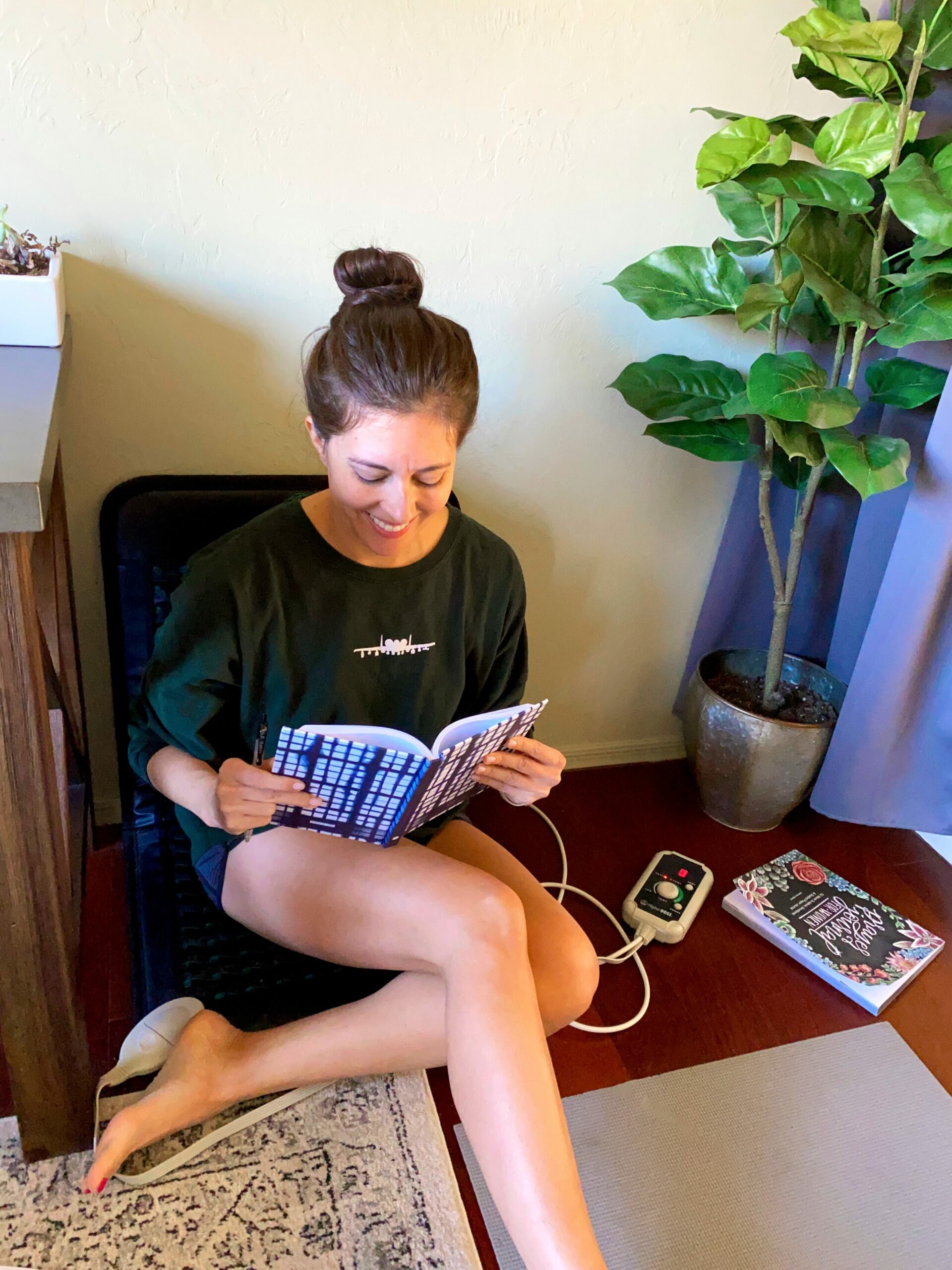HigherDOSE PEMF GO Mat Review

Reviewing the HigherDOSE PEMF GO Mat for people who want relaxation, pain relief, and improved sleep. I’m sharing how I use it for all three at the same time! If you’re interested in getting one of your own, check out the link here and use FITNESSISTA15. I’m also a huge...
